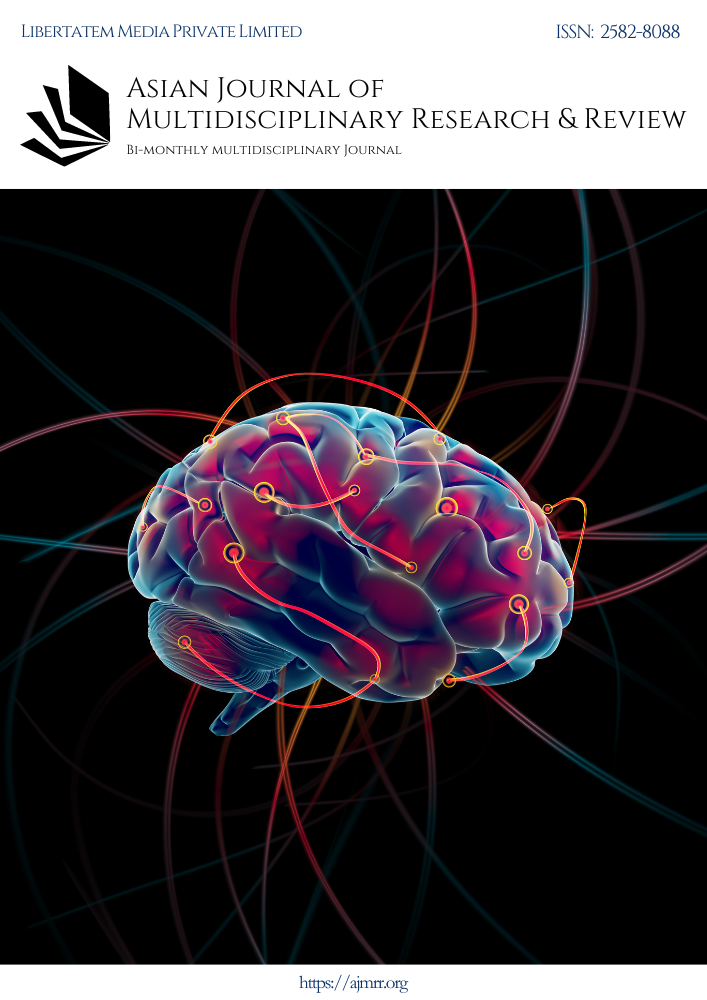REMERGING AS A GLOBAL POWER? RETHINKING “NEW QING HISTORY” FROM THE RELATIONSHIP BETWEEN “QING” AND “CHINA”
Keywords:
Ethnic identity, Global HistoryAbstract
China has emerged as one of the 21st century’s most confident and consequential nations. From the Belt and Road Initiative to the Health Silk Road, China has proactively engaged with Eurasian countries and successfully projected its leadership abroad. Up to this point, the question left unanswered is, is this China’s debut as a global power? As it is critical to take note of the complexity of China’s rise, this article approaches the issue from a historical perspective and interrogates the role of the Manchurian’s rule over China beginning in the 17th century. By revisiting the rise of China more than 400 years ago from the lens of “New Qing History”, this paper argues that continuity can be found between the Qing empire and the contemporary rise of China as a global geopolitical power.
Different from most Chinese scholars’ emphasis on Qing’s completion of the “grand unification (da yitong)”, “New Qing History” highlights Qing’s distinctiveness and the utilization of archival materials written in the Manchu language. There have been heated discussions on the topic, yet few of them approached the issue from the relationship between “Qing” and “China”. Supported by original archival materials written in Manchu language, this article explores the different receptions of “New Qing History” in Chinese and Western academia based on scholars’ understanding of the relationship between “Qing” and “China”. It further advocates a fluid understanding of ethnic identity in China as well as the so-called “Chineseness” in contrast to the conventional essentialist perception. By incorporating China into global history, this article aims to provide a new perspective in understanding contemporary China’s emergence as a global power and its state policies towards ethnic minorities.
Downloads
Downloads
Published
Issue
Section
License

This work is licensed under a Creative Commons Attribution-NonCommercial-ShareAlike 4.0 International License.
License Terms
Ownership and Licensing:
Authors of research papers submitted to the Asian Journal of Multidisciplinary Research & Review (AJMRR) retain the copyright of their work while granting the journal certain rights. Authors maintain ownership of the copyright and grant the journal a right of first publication. Simultaneously, authors agree to license their research papers under the Creative Commons Attribution-ShareAlike 4.0 International (CC BY-SA 4.0) License.
License Permissions:
Under the CC BY-SA 4.0 License, others are permitted to share and adapt the work, even for commercial purposes, as long as proper attribution is given to the authors and acknowledgment is made of the initial publication in the Asian Journal of Multidisciplinary Research & Review. This license allows for the broad dissemination and utilization of research papers.
Additional Distribution Arrangements:
Authors are free to enter into separate contractual arrangements for the non-exclusive distribution of the journal's published version of the work (e.g., posting it to institutional repositories or publishing it in books), provided they acknowledge the initial publication of the work in the Asian Journal of Multidisciplinary Research & Review.
Online Posting:
Authors are encouraged to share their work online (e.g., in institutional repositories or on personal websites) both prior to and during the submission process to the journal. This practice can lead to productive exchanges and greater citation of published work.
Responsibility and Liability:
Authors are responsible for ensuring that their research papers do not infringe upon the copyright, privacy, or other rights of any third party. The Asian Journal of Multidisciplinary Research & Review disclaims any liability or responsibility for any copyright infringement or violation of third-party rights in the research papers.



